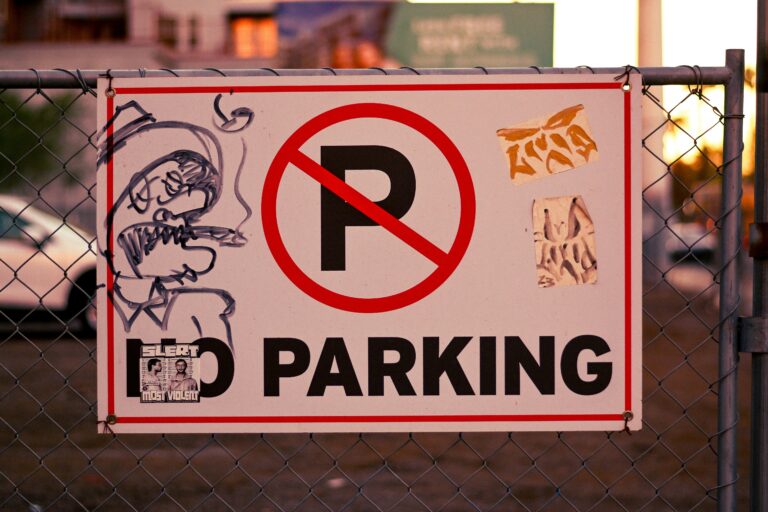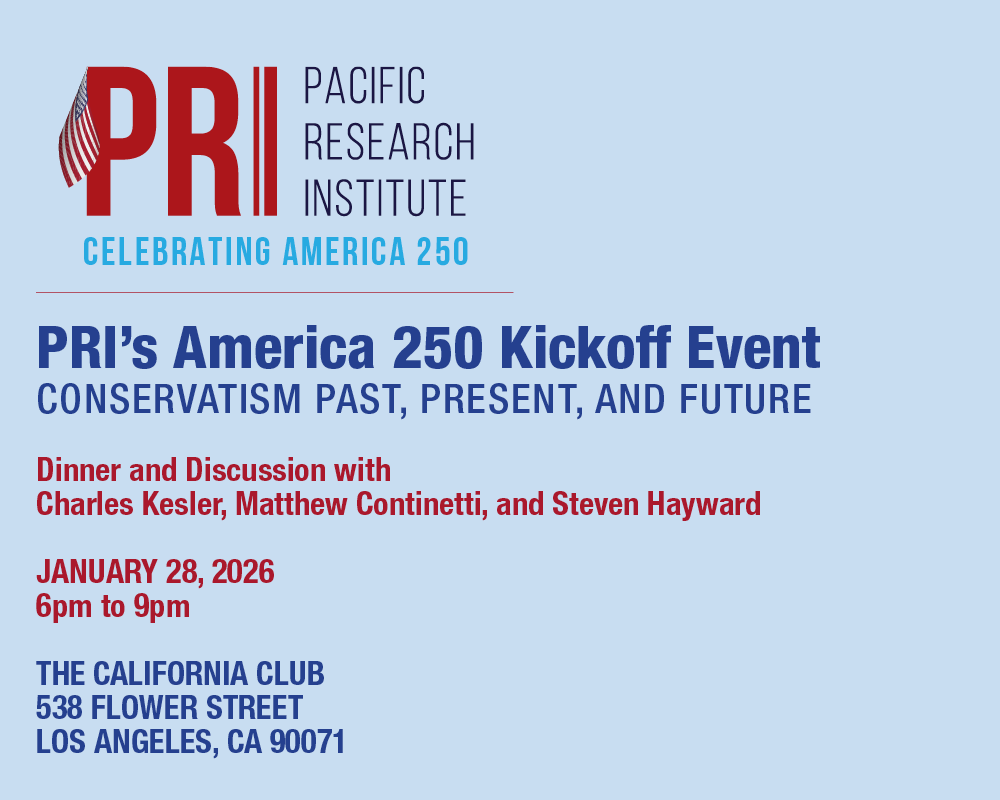Parking deregulation helps cities and promotes property rights
By D. Dowd Muska | July 11, 2025
You can fight city hall. But if the dispute involves parking, don’t expect the battle to be brief.
That’s the bitter and expensive lesson learned by Azael “Oz” Sepulveda, an auto mechanic in Pasadena, Texas. For three and a half years, the city (population 149,617), a suburb of Houston, has refused to let him operate his business on his property. The parties’ legal standoff highlights how parking reform—a key priority for “smart growth”—can be a tool for market-oriented urbanism.
Sepulveda purchased 1615 Shaver Street in July 2021, “using all of his savings along with a personal loan, for which his house is collateral.” The property “was previously … an auto machine shop,” so “Oz believed it would only need a few minor modifications” to get his business up and running. But to obtain a certificate of occupancy, the sole proprietor had to comply with Pasadena’s newly revised parking rules, which required the addition of 23 more spaces.
It was a ridiculous decree, since Sepulveda’s service is “appointment-only,” with a low level of daily customer throughput. Even worse, he “learned that it would cost at least $40,000 to add some parking spaces and that the full amount of parking spaces the city demanded would not even fit on the property,” according to the Institute for Justice (IJ).
With IJ’s help, Sepulveda negotiated a deal with the city, which promised to issue a certificate of occupancy if Oz Mechanics added “three parking spots in the front of the building and four on the side of the building.” The compromise was reached in April 2022, but Pasadena, according to IJ’s Dan King, has deployed “legal delay tactics to prevent Oz from opening.” A second lawsuit was filed in September 2023, and not even “digital ads calling on the city to abide by the settlement agreement” and “a billboard with a quote from a city councilman about why they should stop wasting time and money on the case” have yielded a resolution.

From an urban-policy perspective, such mandates reduce business investment in cities and make it hard to build pedestrian-friendly projects. They also undermine property rights. How did we get to such an absurd place? And what’s triggered the recent pushback?
In 1952, a publication issued by the Eno Foundation for Highway Traffic Control lamented that “American cities are faced with an extreme shortage of automobile parking spaces.” Charles Boisseau, an editor for the Kelley A. Bergstrom Real Estate Center, described the policy response: “Make the private sector fix the problem.”
Mandates that businesses provide off-street parking began to be imposed in the 1920s, but after World War II, such ordinances proliferated rapidly in cities large, medium and small. With 78.% of households owning at least one automobile in 1960—in 1980, the share was 87.1%—few voices opposed more slots to stash cars.
But as the 21st century neared, an about-face commenced. As Boisseau put it, “academic researchers, urban planners and entrepreneurs” increasingly criticized “‘parking minimums’ for relying on sketchy data, being subject to political whims and running counter to many local priorities.”
Donald Shoup, a UCLA professor who passed away in February, captained the crusade. In a 1999 article, he wrote that “[m]inimum parking requirements are based on two highly unreasonable assumptions: (1) the demand for parking does not depend on its price, and (2) the supply of parking should not depend on its cost.” Perhaps nothing frustrated Shoup more than the arbitrariness of the red tape.
In a 2020 piece for the American Planning Association, he charged that the regulatory process was “closer to sorcery than to science,” and documented the absurd precision of parking-space requirements in San Jose: “arcades: 1 per 200 sq. ft. of floor area; health clubs: 1 per 80 sq. ft. recreational space; batting cages: 1 per station, plus 1 per employee; golf courses: 8 per golf hole, plus 1 per employee; miniature golf courses: 1.25 per tee, plus 1 per employee; driving ranges: 1 per tee, plus 1 per employee; skating rinks: 1 per 50 sq. ft. of floor area; swim/tennis clubs: 1 per 500 sq. ft. of recreation area.”
In addition to their capriciousness, Shoupites observed that in many cities—particularly those located in the far-from-thriving industrial Northeast—there was now too much parking. With office buildings, stores, medical facilities and residents skedaddling to the suburbs, lots and garages went woefully underused. Couldn’t all that emptiness be repurposed?
In 2017, two long-past-their-prime cities in the Frost Belt took action. Per Bloomberg, Buffalo, which has lost more than half its population since the 1950s, became “the first major city to completely remove … minimum parking requirements.” Hartford (the Insurance Capital of the World’s population peaked during the Eisenhower administration, too) followed suit the same year. In 2018, San Francisco became the first West Coast member of the mandate-repeal club.
Momentum slowed to almost nothing, for several years, but post-lockdown, a coast-to-coast surge ensued, with noteworthy newcomers in California and Oregon: Alameda, South Bend, Minneapolis, St. Paul, Roanoke (2021); San Jose, Culver City, Anchorage, Ann Arbor, Gainesville, Raleigh, Lexington, Bridgeport (2022), Portland, Ashland, Bend, Eugene, Salem, Austin, Duluth, Richmond, Durham, Portsmouth, Burlington (2023); Sacramento, Spokane, Grants Pass, Longmont, Newport News, Birmingham (2024).
There’s no denying that the vast majority of politicians and activists lobbying for citywide repeals do so because they want residents to live in more “equitable” and “sustainable” ways. Amie Ashton, an urban planner with Palo Alto Forward, is typical. She charges that parking requirements increase “construction costs, raising prices for renters and buyers,” “reduce the space available for more homes or other amenities (like local-serving retail, landscaping and open space),” and “remove the incentive for developers and home builders to implement climate-friendly transportation demand management … measures, such as transit passes or bike/car sharing.”
Anyone who’s faced off against the local-government Leviathan understands Sepulveda’s plight. One needn’t be a smart-growther to agree that parking deregulation can make an important contribution to urban vibrancy and economic development.

